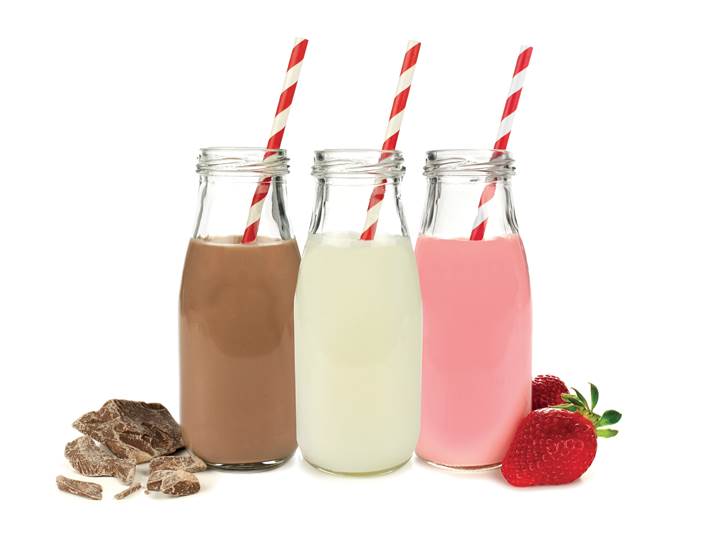
Milk must be treated to destroy pathogenic bacteria. This heat treatment also aims to extend the shelf life of the products. This step inactivates enzymes that can have a negative impact during the conservation of milk, on its taste and appearance.
-
Heat treatment
The shelf life of milk will depend on two factors: the duration and temperature of treatment.
There are different heating methods: pasteurization, extended shelf life treatment, and UHT (Ultra High Temperature) treatment.
It is preferable to treat as little as possible, while maintaining food safety and the desired shelf life.
Two heating principles exist:
-
- Indirect heating, which uses a partition that will transfer heat from the fluid, to the product. This heating is made possible by the use of exchangers. There are several types: plate heat exchangers, tubular heat exchangers, or scraped surface heat exchangers.
- Direct heating, which puts the product in direct contact with hot steam. The target temperature of the product is then quickly obtained
- Pasteurization
Pasteurization is generally carried out thanks to heat exchangers with plates, from 72 to 75 degrees, during 15 seconds. This destroys the pathogenic bacteria. This pasteurized milk can then be stored for an average of 7 to 10 days.
- ESL
The ESL treatment is a high temperature treatment. It takes place by heating to 127°C for 2 seconds. Milk treated at high temperature can be kept for more than 30 days.
- UHT
This is the ultra high temperature treatment process. The objective is to destroy microorganisms that can degrade the product during storage or shipping.
During the UHT process, the milk is heated from 137 to 142°C for 2 to 4 seconds. Direct or indirect heating can be used. After cooling, the product is aseptically packaged. This method guarantees minimum sensory changes and high product quality.

